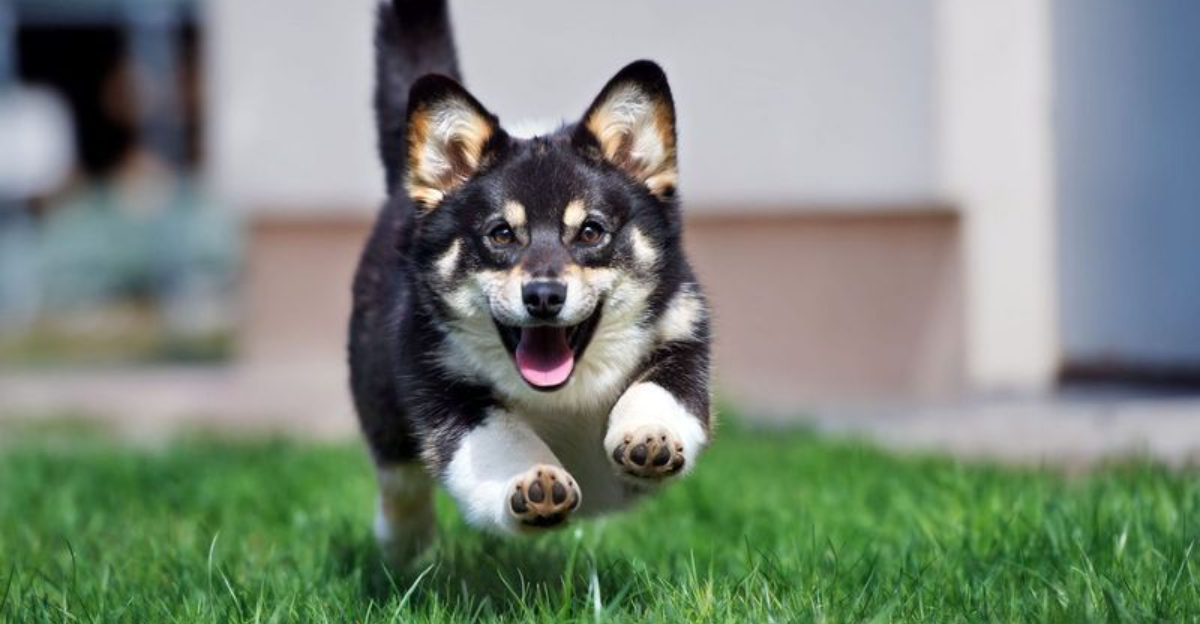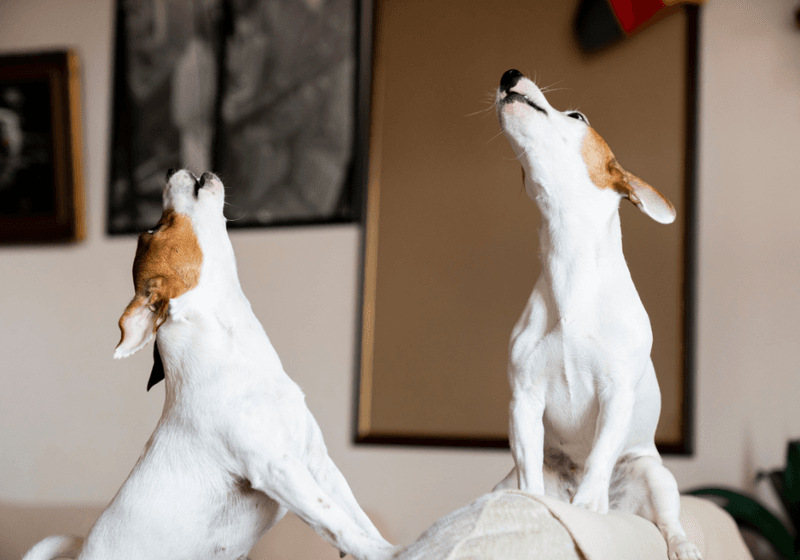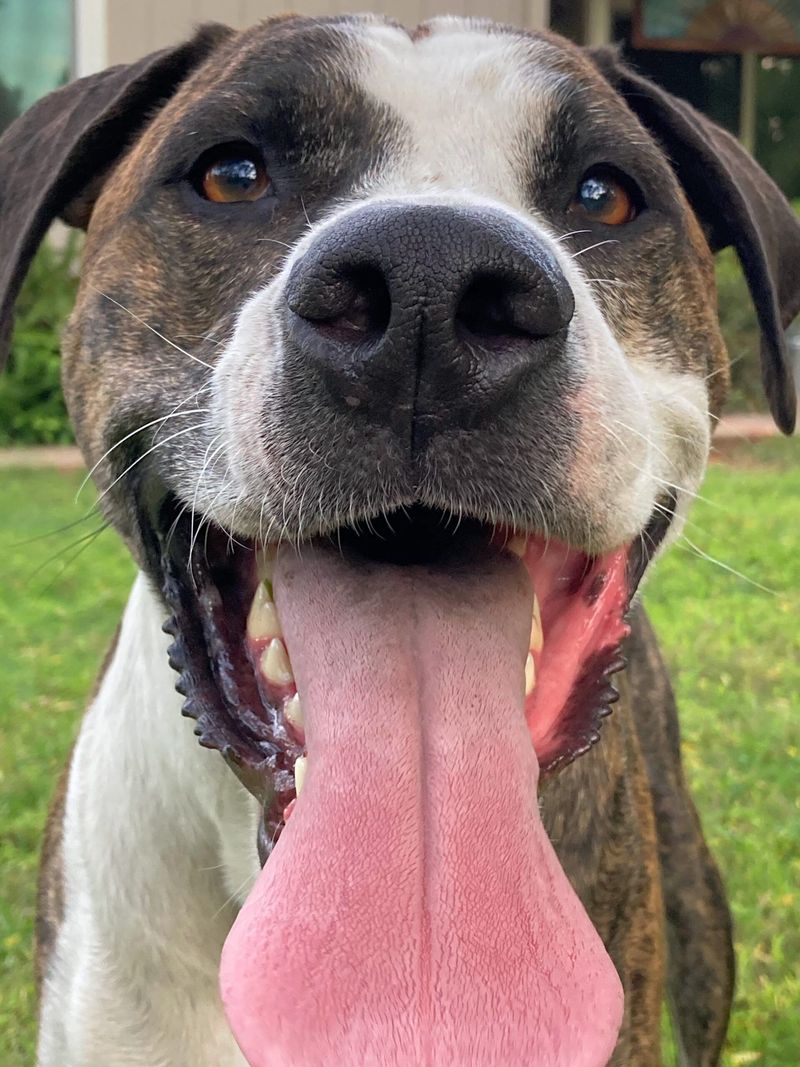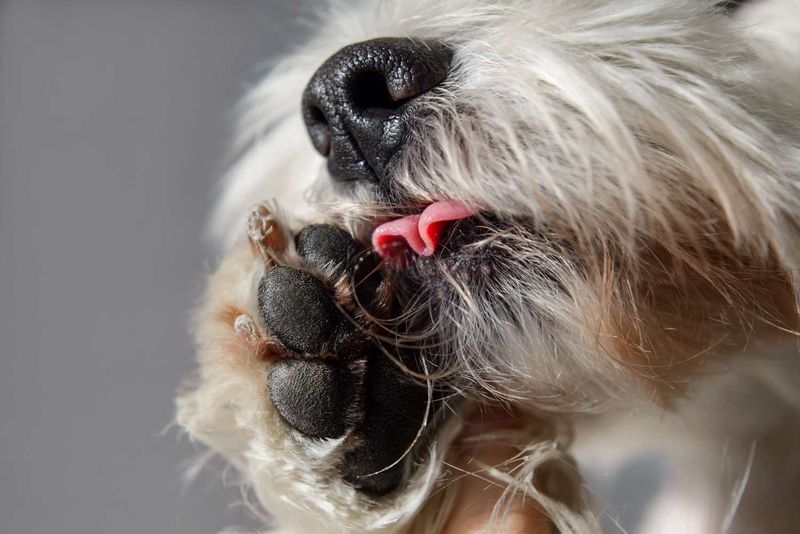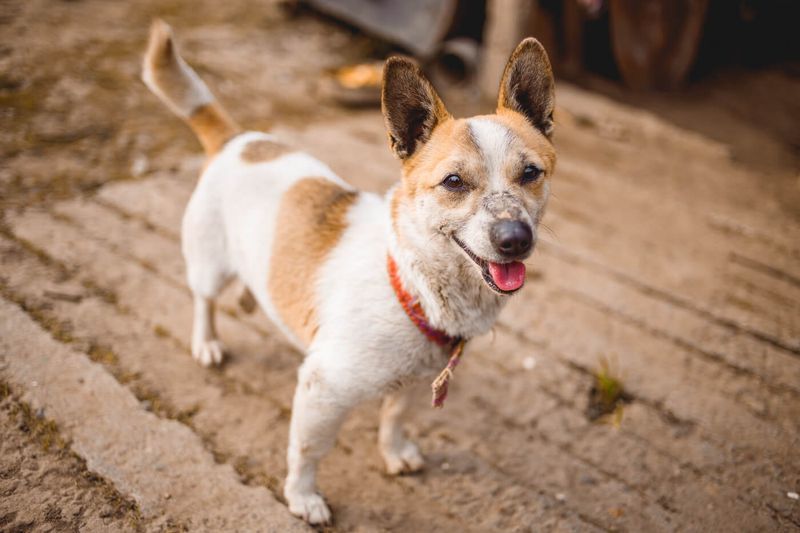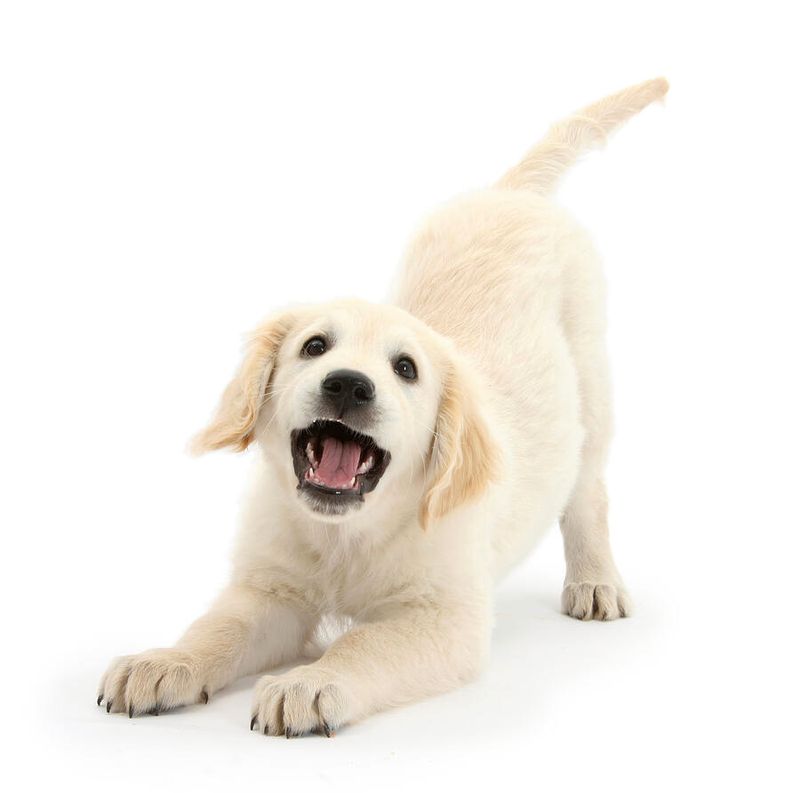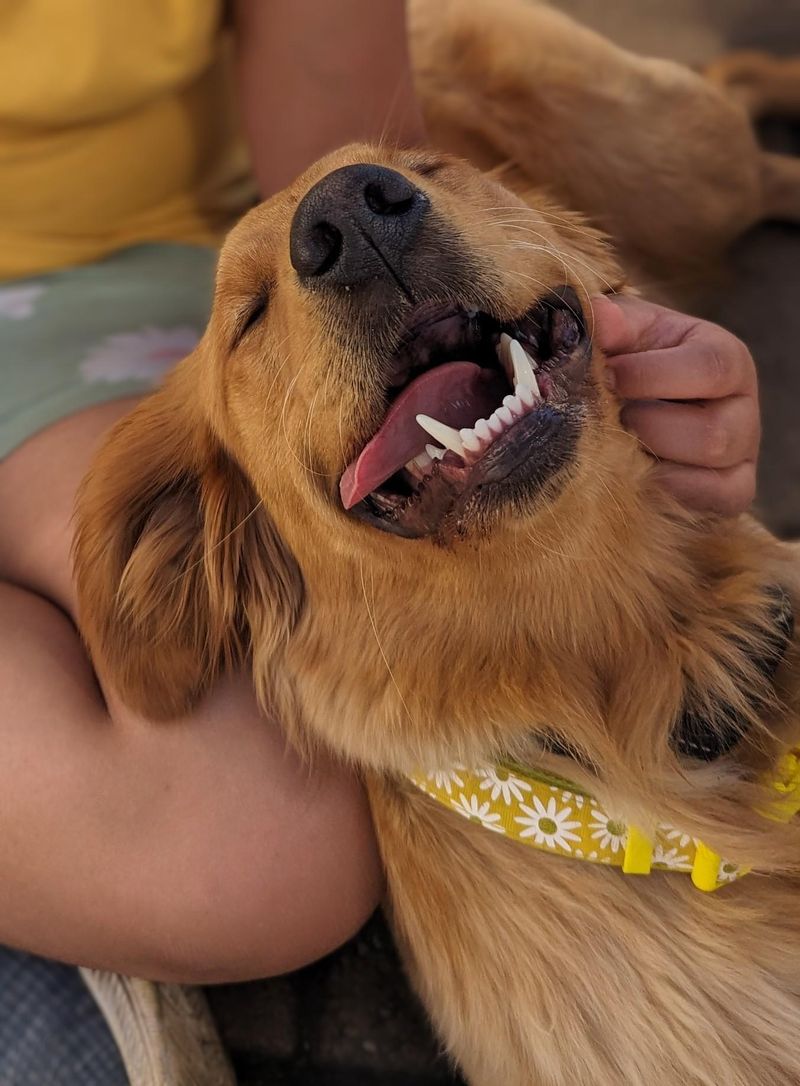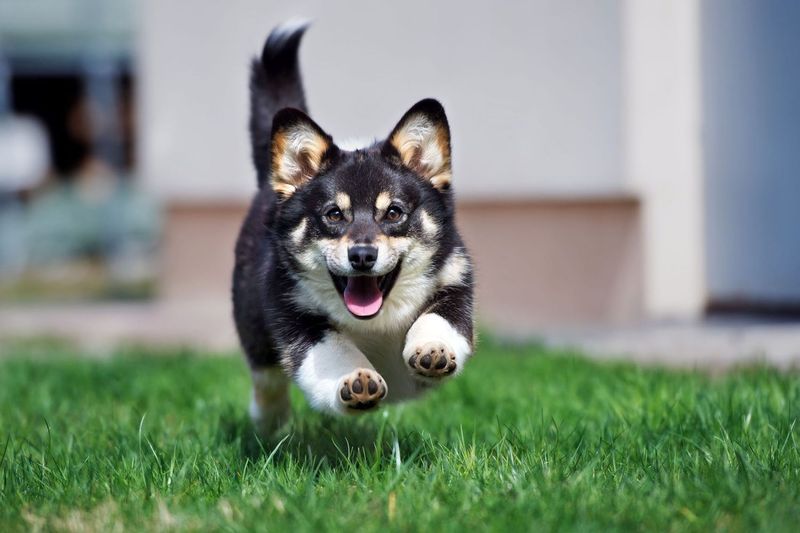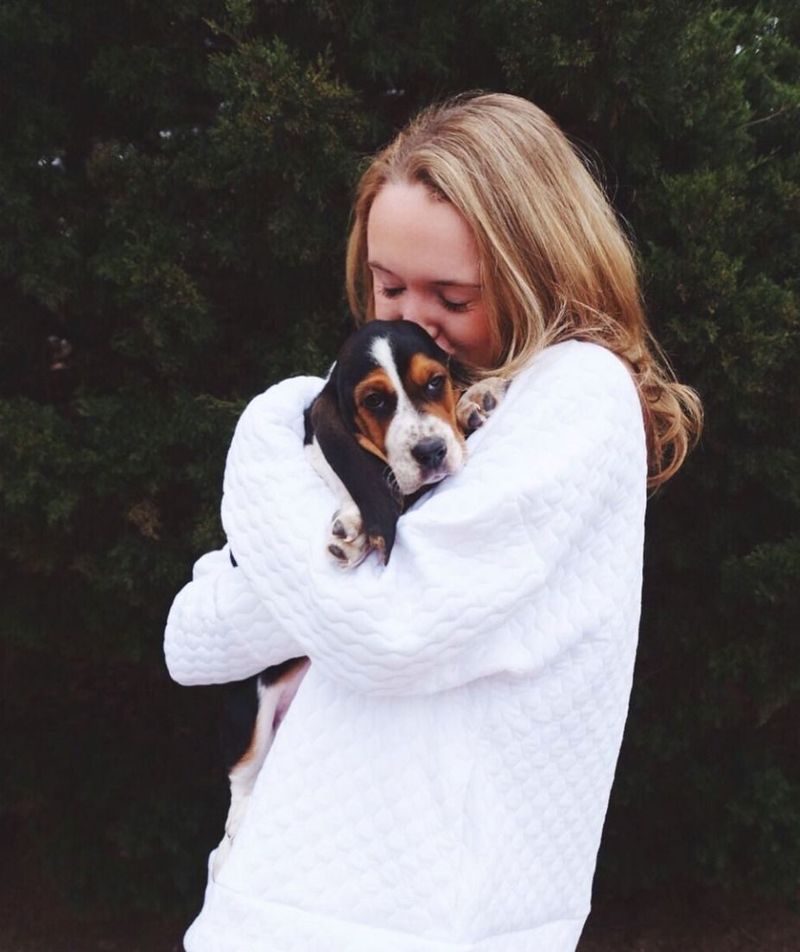Understanding the emotional well-being of our furry friends can be both rewarding and essential. Dogs, much like humans, display signs of stress, depression, happiness, and joy through their behavior and body language. Recognizing these signs can help in fostering a healthier relationship between you and your canine companion. This blog post explores nine signs each of a stressed and depressed dog, as well as a happy and joyful dog, to help you better understand your pet’s emotional state. Your dog’s demeanor is a window into their world, and knowing what to look for can make all the difference.
Lack of Appetite
When dogs are stressed or depressed, they often lose interest in food. This change in appetite can be alarming for pet owners. You may notice your dog’s food bowl remaining untouched for hours, or even days, which can lead to weight loss and nutritional deficiencies.
A dog’s lack of appetite is often accompanied by other signs of distress, such as lethargy or withdrawal from social activities. It’s crucial to address this issue, as it can indicate underlying health problems or emotional turmoil.
Providing a comforting environment and consulting with a veterinarian can help alleviate this concern.
Excessive Sleeping
Excessive sleeping is another sign of depression in dogs. While dogs do enjoy their naps, a noticeable increase in sleep duration might signal something deeper. Your furry friend might spend more time curled up in their favorite spot, showing little interest in playtime or walks.
This behavior is often linked to a lack of stimulation or emotional wellbeing concerns. It’s essential to engage your dog in interactive activities and monitor their sleep patterns closely.
If you observe persistent signs of lethargy, consulting your veterinarian for advice can be a proactive step.
Isolation from Humans and Pets
Isolation is a common sign of stress and depression in dogs. If your pet is suddenly spending more time alone, opting to sit in corners or distant from family members and other pets, it could be a red flag.
This behavior often arises when a dog feels overwhelmed or anxious. It may also stem from changes in the household, such as a new pet or family member.
Encouraging gentle social interaction and providing a secure environment can help ease their feelings of isolation. Always consider professional assistance if this behavior persists over time.
Destructive Behavior
Destructive behavior, such as chewing furniture or shredding pillows, can be a sign of a stressed dog. When dogs are anxious or frustrated, they often resort to such actions to express their discomfort.
This behavior is not only upsetting but can also be dangerous if your pet ingests harmful materials. Understanding the root cause of this stress, whether it be separation anxiety or boredom, is key.
Providing chew toys, regular exercise, and mental stimulation can help mitigate these behaviors. Consultation with a dog trainer might also offer effective strategies.
Frequent Whining or Barking
Frequent whining or barking can indicate anxiety or stress in dogs. This vocalization often serves as a call for attention or a response to environmental stimuli that the dog perceives as threatening.
If your dog is incessantly vocal, especially during specific times of the day, it could highlight discomfort or fear. Identifying triggers like loud noises or unfamiliar visitors is crucial.
Developing a consistent routine and offering reassurance through affection or distraction can help alleviate this behavior. Professional guidance might be needed if the issue is persistent.
Panting and Drooling Excessively
Excessive panting and drooling can be alarm signals for stress or anxiety in dogs. While panting is normal after exercise, seeing your dog pant excessively in calm situations might suggest something is amiss.
This behavior is often paired with pacing or trembling, indicating your dog’s discomfort. Environmental changes or new experiences could be the culprits.
Creating a calm environment and ensuring regular vet check-ups can help manage these symptoms. It’s essential to understand your dog’s triggers to provide effective comfort and care.
Loss of Interest in Play
When a dog loses interest in play, it may be experiencing stress or depression. Playtime is vital for a dog’s mental and physical health, and a sudden disinterest can signal emotional distress.
Your dog might turn away from toys or ignore invitations to play fetch or tug-of-war. This lack of enthusiasm can stem from boredom, lack of companionship, or an underlying health issue.
Encouraging play through new toys or interactive games can rekindle their interest. A vet visit is advisable if this behavior continues, to rule out medical concerns.
Changes in Bathroom Habits
Changes in bathroom habits, like having accidents indoors, can be a sign of stress in dogs. This behavior might emerge suddenly, even in well-trained pets, and can be frustrating for owners.
Such incidents often occur when a dog is anxious, perhaps due to changes in routine, environment, or family dynamics. It’s important to address these issues calmly, as punishment can exacerbate stress.
Providing a predictable schedule and identifying stress triggers can help prevent accidents. If problems persist, consulting a veterinarian will help determine any medical issues.
Excessive Licking or Grooming
Excessive licking or grooming in dogs is often a coping mechanism for stress or anxiety. This behavior can lead to skin irritation or sores, requiring attention.
If your dog is persistently licking their paws or body, it might be trying to soothe itself. This habit can be related to boredom, allergies, or underlying anxiety.
Offering mental stimulation and monitoring their environment for allergens can help reduce this behavior. Veterinary advice is crucial if skin problems develop or if the behavior becomes compulsive.
Tail Wagging with Wiggles
A dog that wags its tail with its whole body wiggling is often a sign of happiness and excitement. This behavior is a joyful expression, showcasing the dog’s eagerness and contentment.
Whether greeting you at the door or expressing excitement for a walk, this full-body wag is a delightful sight for dog owners. It indicates positive energy and a strong bond between you and your furry friend.
Engaging in fun activities and maintaining this positive relationship will ensure your dog remains joyful and healthy. Celebrate these moments as they highlight your canine’s joy.
Playful Bowing
A dog performing a playful bow, with its front legs lowered and rear end up, is inviting you to play. This gesture is a universal sign of a happy and joyful dog, eager for interaction.
This posture signifies trust and enthusiasm, often accompanied by a wagging tail and bright eyes. It’s a clear invitation to engage in a fun activity, strengthening your bond.
Responding to this playful gesture with games or affection will keep your dog’s spirits high. This behavior highlights the joy and trust your pet feels, making it a cherished interaction.
Relaxed Facial Expressions
Relaxed facial expressions in dogs are indicators of happiness and comfort. A dog with soft eyes, a slightly open mouth, and a gentle demeanor is often at ease.
These features reflect a peaceful state of mind, where the dog feels safe and loved. Such expressions can be observed when your dog is lounging in a familiar environment or enjoying a moment of tranquility.
Fostering a nurturing environment where your dog can relax without stress will maintain these happy expressions. It’s heartwarming to see these signs of comfort and security in your pet.
Excited Barking
Excited barking can be a sign of happiness and anticipation in dogs. Unlike anxious barking, this form is often short and accompanied by a wagging tail and bright alert eyes.
This behavior is common when your dog recognizes familiar cues, such as getting ready for a walk or the arrival of a beloved person. It indicates positive anticipation and joy.
Reinforcing this excitement with engaging activities and positive reinforcement will keep your dog happy and energetic. Understanding these happy barks can strengthen your relationship with your pet.
Rolling Over for Belly Rubs
When a dog rolls over and exposes its belly, it is a sign of trust and contentment. This gesture often indicates that the dog feels safe and enjoys being in your company.
Offering their belly for rubs invites interaction and affection, showcasing the bond between you and your pet. It’s a delightful display of vulnerability and happiness.
Responding with gentle rubs and positive attention encourages this trust. This behavior is a testament to the strong relationship and joy your dog feels in your presence.
Joyful Zoomies
Joyful zoomies are bursts of energy where a dog runs around excitedly, often in circles. This behavior is a delightful expression of happiness and is typically seen in open spaces or after periods of rest.
Zoomies are normal and healthy, highlighting a dog’s playful and carefree nature. These energetic episodes are contagious, spreading smiles to everyone around.
Providing safe spaces for your dog to engage in zoomies ensures they can express their joy freely. Embrace these moments as signs of a happy and well-adjusted dog.
Gentle Eye Contact
Gentle eye contact is a powerful sign of trust and affection in dogs. When a dog looks into your eyes with a soft and steady gaze, it signifies a strong bond and mutual understanding.
This loving gaze is often accompanied by a relaxed posture, highlighting the dog’s comfort and happiness in your presence. It’s a silent communication of love and loyalty.
Engaging in mutual eye contact strengthens the connection with your dog, fostering a deeper relationship. Cherish these moments as they reflect the joy your pet feels with you.
Happy Tail Chasing
Happy tail chasing is an amusing and playful behavior seen in dogs when they are in a joyous mood. This action, often accompanied by a wagging tail and excited barking, is a form of self-entertainment.
Tail chasing is usually harmless and reflects the dog’s playful nature, especially in young or energetic dogs. It showcases their carefree spirit and desire for fun.
While it’s mostly playful, ensure it doesn’t become obsessive. Regular play and mental stimulation can help channel this energy positively. Celebrate this lighthearted behavior as a sign of joy.
Contented Sighing
Contented sighs are subtle yet profound signs of a dog’s happiness and relaxation. When a dog sighs while lying comfortably, it indicates a state of peace and satisfaction.
These sighs are often heard when your dog is settling down for a nap or basking in a moment of tranquility. They reflect a sense of security and contentment with their surroundings.
Creating a comforting environment encourages these peaceful moments. Recognize these sighs as a testament to your dog’s happiness and well-being in your care.
Nuzzling and Cuddling
Nuzzling and cuddling are affectionate behaviors that showcase a dog’s love and happiness. When a dog willingly leans into you, resting its head or body against you, it expresses trust and contentment.
This closeness is a way for dogs to bond and feel secure, often seen during quiet moments together. It’s a heartwarming gesture that reflects the strong emotional connection between you and your pet.
Encouraging these cuddles with gentle petting and attention strengthens your bond. Embrace these moments as they signify the joy your dog finds in your companionship.
